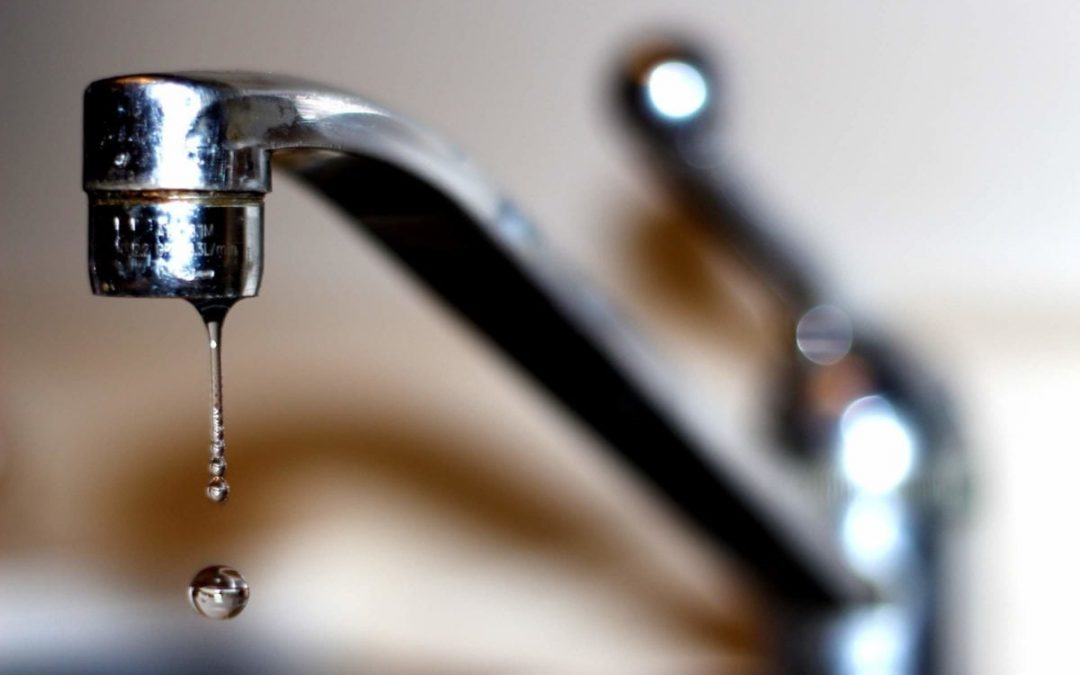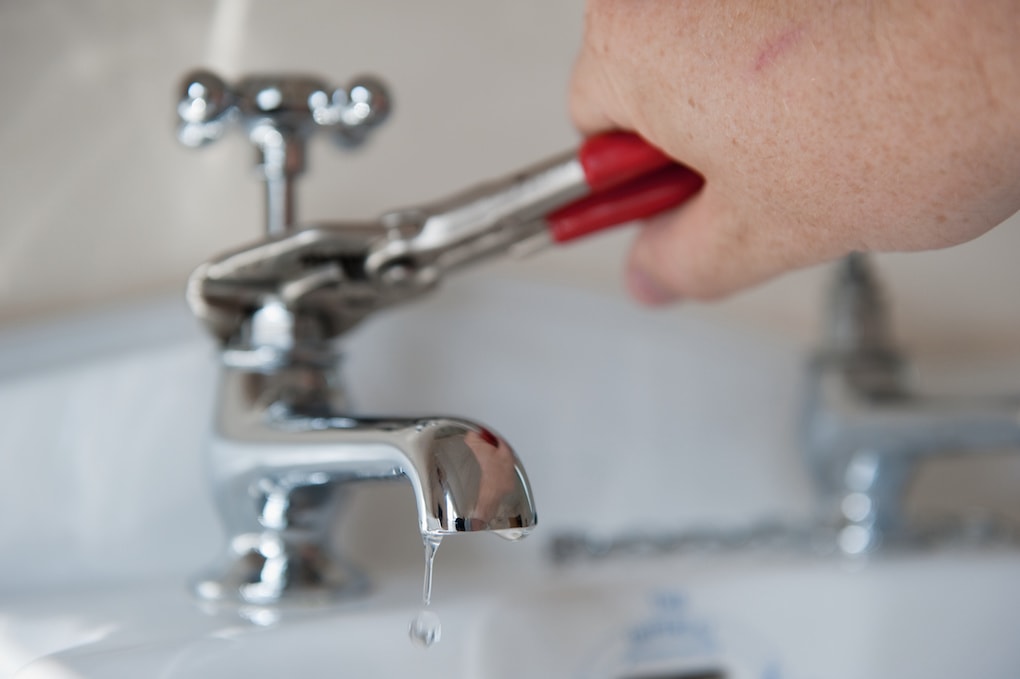Just how do you feel in regards to 10 Reasons for Low Water Pressure in Your House?

Low tide stress in your home can be an aggravating problem, influencing everything from bathing to washing recipes. If you're experiencing weak water flow, there are several possible causes and remedies to check out. In this overview, we'll discuss typical reasons for low water pressure and sensible actions to attend to the concern efficiently.
Introduction to Low Water Stress
Low tide stress happens when the circulation of water from your faucets, showers, and various other components is weak than common. This can make day-to-day tasks more tough and less effective. Comprehending the reasons for low tide pressure is essential to locating the right remedy.
Typical Causes of Low Water Stress
Faulty Pressure Regulators
Stress regulatory authorities are responsible for preserving constant water stress in your home. If they malfunction, it can cause low water stress or uneven flow throughout your house.
Local Water Issues
Sometimes, the trouble exists outside your home. Local supply of water problems, such as main line leakages or upkeep job, can briefly minimize water pressure in your area.
Pipeline Obstructions
In time, pipes can come to be obstructed with natural resource, debris, or particles, restricting the circulation of water. This is a common issue in older homes with galvanized steel pipelines.
Deterioration
Rust within pipes can cause leakages and decreased water pressure. Rust accumulation can constrict water circulation, particularly in maturing plumbing systems.
Just How to Diagnose Low Tide Pressure
Examining Pipes
Inspect visible pipelines for indications of leaks, rust, or clogs. Focus on any type of unusual noises, such as banging or rattling pipes, which can suggest concerns within the plumbing system.
Consulting with a Plumber
If you're incapable to determine the reason for low tide stress, take into consideration working with a specialist plumber to conduct a complete evaluation. They can recognize underlying concerns and advise proper solutions.
Examining Taps and Fixtures
Start by examining the water pressure at various taps and components throughout your home. If the issue is separated to particular areas, it may suggest local troubles.
DIY Solutions to Deal With Low Water Pressure
Flushing Hot Water Heater
Debris accumulation in the water heater can limit flow and decrease efficiency. Purging the tank occasionally assists eliminate sediment and maintain ideal performance.
Checking Stress Regulator
Guarantee that the pressure regulator is functioning appropriately. Changing or replacing the regulator can assist restore proper water stress throughout your home.
Cleaning Aerators and Showerheads
Natural resources can collect in aerators and showerheads, decreasing water flow. Get rid of and clean these parts consistently to boost water stress.
Clearing Up Clogs in Pipeline
For small clogs, try utilizing a plumbing serpent or chemical drainpipe cleaner to clear obstructions in pipelines. Be cautious when using chemicals and follow safety and security guidelines.
When to Call a Specialist Plumber
If do it yourself efforts fail to solve the problem or if you think significant plumbing troubles, it's ideal to seek support from an accredited plumber. They have the know-how and tools to attend to complicated issues safely and effectively.
Safety Nets to Preserve Water Stress
Setting Up a Stress Booster
Take into consideration installing a pressure booster pump to improve water stress in areas with continually low circulation. This can be especially helpful for multi-story homes or residential or commercial properties with high-demand components.
Surveillance Water Use
Bear in mind water use routines and stay clear of ill-using the plumbing system. Simple modifications, such as staggering showers and washing lots, can assist keep ample water pressure.
Normal Maintenance
Schedule regular upkeep for your plumbing system to avoid concerns such as rust, leakages, and obstructions. Addressing minor troubles early can help stay clear of more significant fixings later.
Verdict
Dealing with low tide pressure can be frustrating, but identifying the underlying causes and implementing proper options can bring back optimum flow throughout your home. Whether it's cleaning up aerators, examining pipes, or seeking advice from a plumber, taking proactive steps can make certain a consistent supply of water for your everyday demands.
How to Fix Low Water Pressure In Your Home
Municipal Water Supply Issues
Scheduled maintenance, high demand, and water main breaks are all potential causes for low water pressure within a city or county’s water lines. While there’s not much you can do to personally fix a problem with your city or county’s water supply system, you can play a big role in documenting the issue and alerting those who can.
How to fix it:
- Ask your neighbors if they are experiencing any issues with low water pressure. If multiple homes are affected, it’s likely related to the city’s water line.
- Contact the local Water Authority to see if there is any maintenance taking place that might be affecting your supply. Also let them know of your specific issues. If other homeowners report the same issues, they’ll know that there could be a larger issue to look into.
Faulty Fixtures
A damaged or clogged shower head, faucet or appliance is the first thing we’d suggest checking, especially if low water pressure appears to be isolated to a specific area of your home.
How to fix it:
- First, turn off the main water supply to your home.
- Check the affected appliances for build-up or debris. In the case of a faucet, you can simply unscrew the aerator at the tip of the faucet. Showerheads should be fully detached from the water pipe.
- While the appliances are detached, you may want to check the water supply to determine if the fixtures were in fact the issue.
- To clean, soak the showerhead or aerator in vinegar and brush off any visible debris.
- Reattach the fixtures and check the water pressure again. If it is still low, there is likely a deeper issue at hand, which can be determined by a professional plumber.
Pipe Obstructions
Mineral deposits, rust or other debris within water pipes can lead to blockages or corrosion over time.
How to fix it:
When you think of a clog, you probably think of a drain clog. While there are many DIY solutions to clearing a drain, clogs in a water pipe will almost always require the help of a professional plumber. A plumber will be able to locate the affected pipe and clean out any debris or mineral deposit buildup. In severe cases, the pipe may need to be replaced. Your plumber might also recommend a water softening system to remove the minerals from your home’s water supply that can contribute to pipe blockages over time.
Plumbing Leak
Undetected water line leaks can divert water away from your residential pipes, reducing the water pressure in your fixtures.
How to fix it:
- Check your water meter by turning off all water sources and monitoring the meter for any movement, which could be a clear indicator of a potential leak.
- Check all visible pipes for signs of leaking, including water stains, active dripping or damp spots around the pipe.
- Inspect fixtures, including faucets and showerheads, for any drips.
- Test the pressure but recording the pressure with the main water valve shut off. Leave off for a few hours and test again. A significant drop in pressure is a clear sign of a leak.
https://kiddcoplumbing.com/plumbing-blog/how-to-fix-low-water-pressure/

I came across that page on Dealing with Low Water Pressure in Your Home while doing a lookup on the internet. Appreciated our entry? Please share it. Let other people locate it. Thanks a lot for your time spent reading it.
Click Here
Comments on “Confirmed Tactics for Dealing with Low Water Pressure in Your Home”